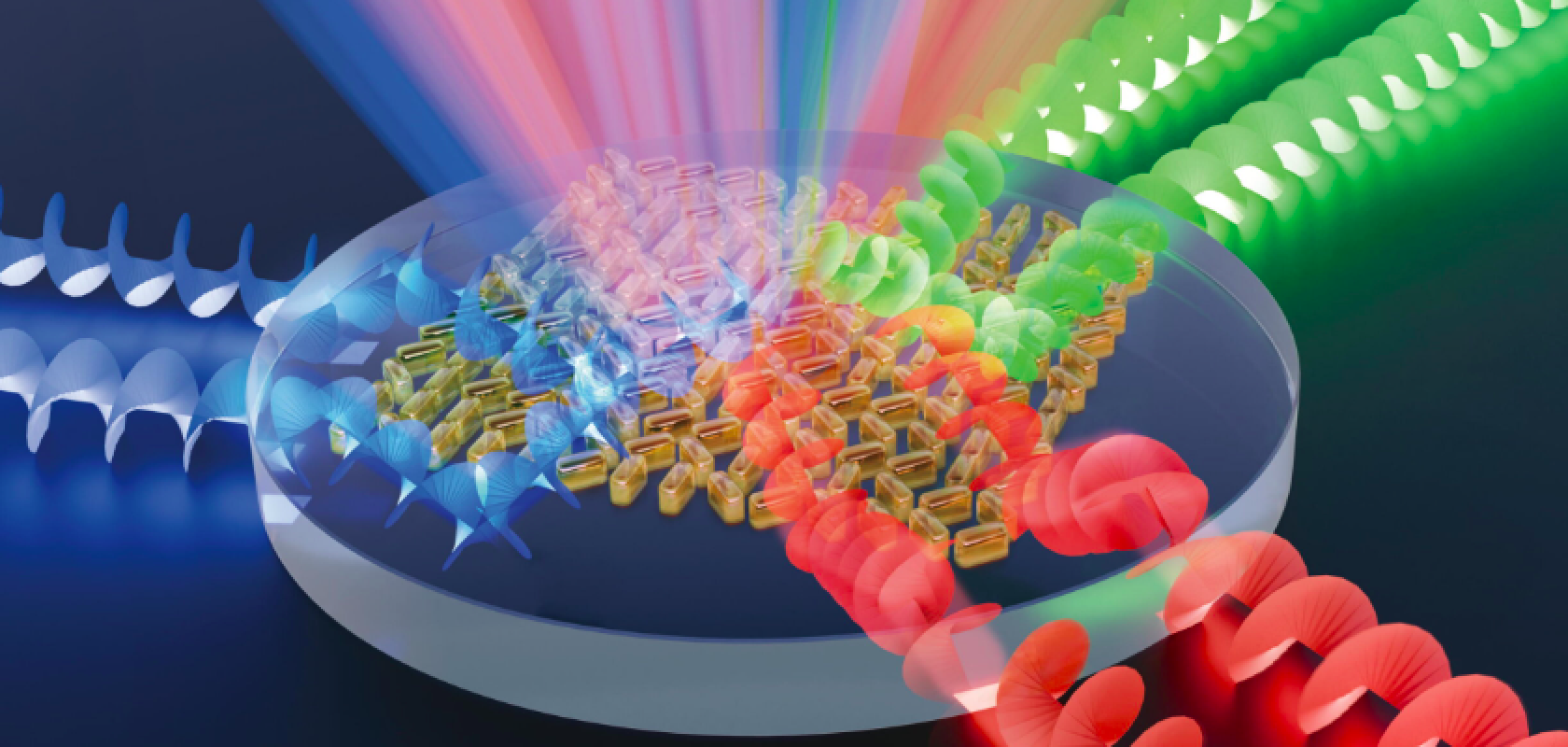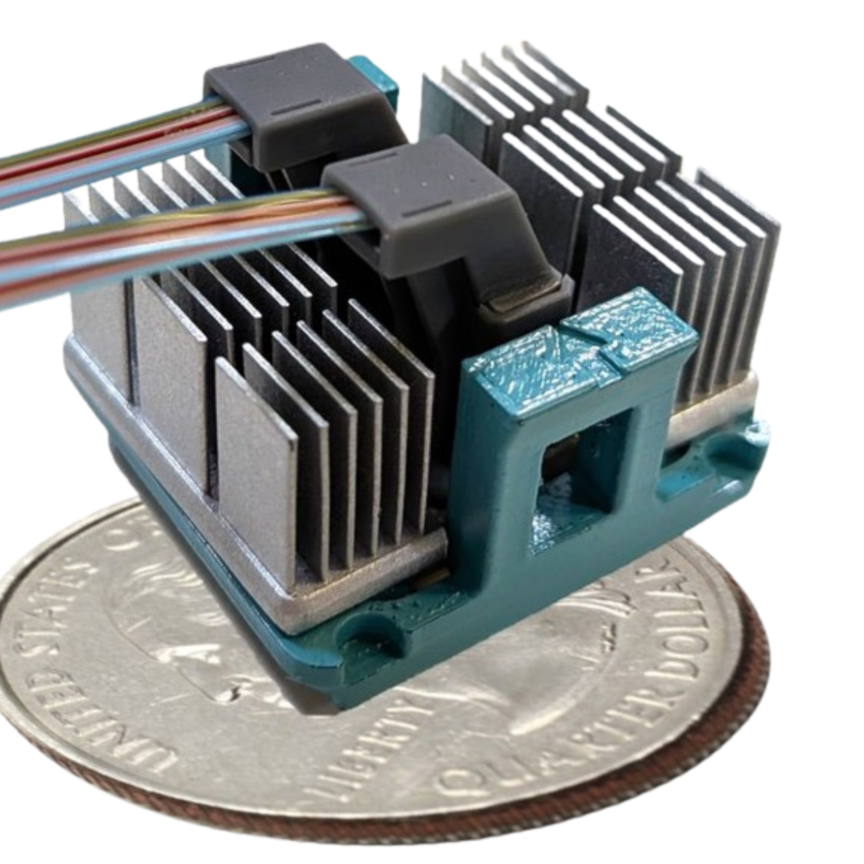Researchers have developed a new type of hologram, known as ‘metaholograms’, capable of projecting multiple high-fidelity images free of crosstalk, as reported in the journal eLight.
The development of metaholograms is hoped to support the advent of next-generation technologies, such as new virtual/augmented reality displays, information storage, and image encryption.
Existing hologram methods can typically only provide a small number of display channels and often suffer from inter-channel crosstalk during image projections. In comparison, metaholograms work on a broader operational bandwidth, higher imaging resolution, wider viewing angle, and more compact size – meaning there are several distinct advantages.
Despite the advantages, metaholograms have been limited by their limited information capacity, only allowing them to project a few independent images.
The researchers set out to address this by introducing a new approach based on the k-space translation design strategy, enabling multiple target images to seamlessly switch between ‘displayed’ and ‘hidden’ states. Such an approach uses a geometric phase encoding method and consists of millions of subwavelength-scale poly-silicon nanopillars, each measuring approximately 100nm, all identical in size but with spatially varying rotation angles.
Additionally, their design uses a planar glass waveguide which conveys incident light and harnesses the polarisation and angle to switch the projection of up to six unique high-fidelity images without crosstalk. This makes a two-channel full-colour metahologram and even an eighteen-channel metahologram through the combination of different multiplexing techniques.
While the field continues to push the boundaries of hologram development with new approaches, such as the use of AI to improve depth cues, it is hoped metaholograms could be a key development with real-world applications. Such proposed applications include its use in AR/VR displays, where it may enable the projection of more complex and realistic scenes, as well as image encryption, where the information is encoded into multiple holographic channels for enhanced security.
Lead image: Zeyang Liu, Hao Gao, Taigao Ma, Vishva Ray, Niu Liu, Xinliang Zhang, L. Jay Guo, and Cheng Zhang


